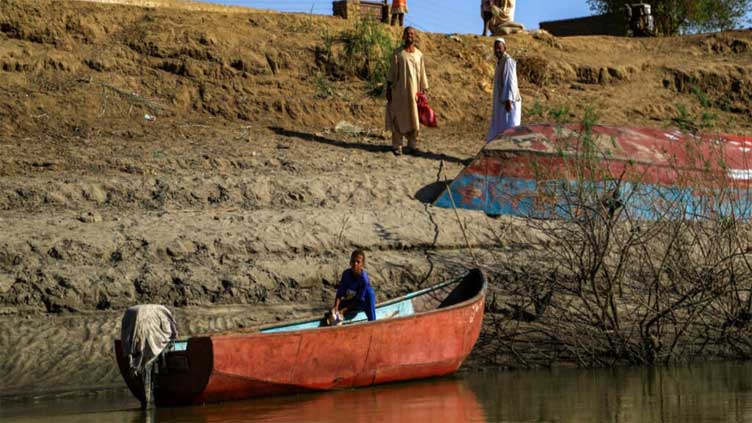(HRNW) – Running from Uganda to Egypt, the Nile is essential to the survival of millions of people living in Africa. But a combination of climate change and human overuse is drying up the river, and worsening conditions for farmers who fear low harvests and loss of electricity.
At more than 6,600 kilometres long, the Nile basin extends to 11 countries, including Tanzania, Burundi, Democratic Republic of Congo, Rwanda, Uganda, South Sudan, Ethiopia and Egypt – where hundreds of heads of state gathered to attend the COP27 climate conference in Sharm el-Sheikh starting on Sunday.
But global warming and overuse by humans is putting the world’s second-longest river under strain. In the past 50 years, the flow of the Nile has fallen from 3,000 cubic metres per second to 2,830. A lack of rainfall and increased droughts expected in East Africa means river flow could fall by 70 percent by 2100, according to UN forecasts.
The world body has predicted a loss of 75 percent of available water per local inhabitant. Related land erosion, crop loss and lack of electricity are also likely to have a dramatic impact on the millions of people living in Africa who rely on the river for survival.
